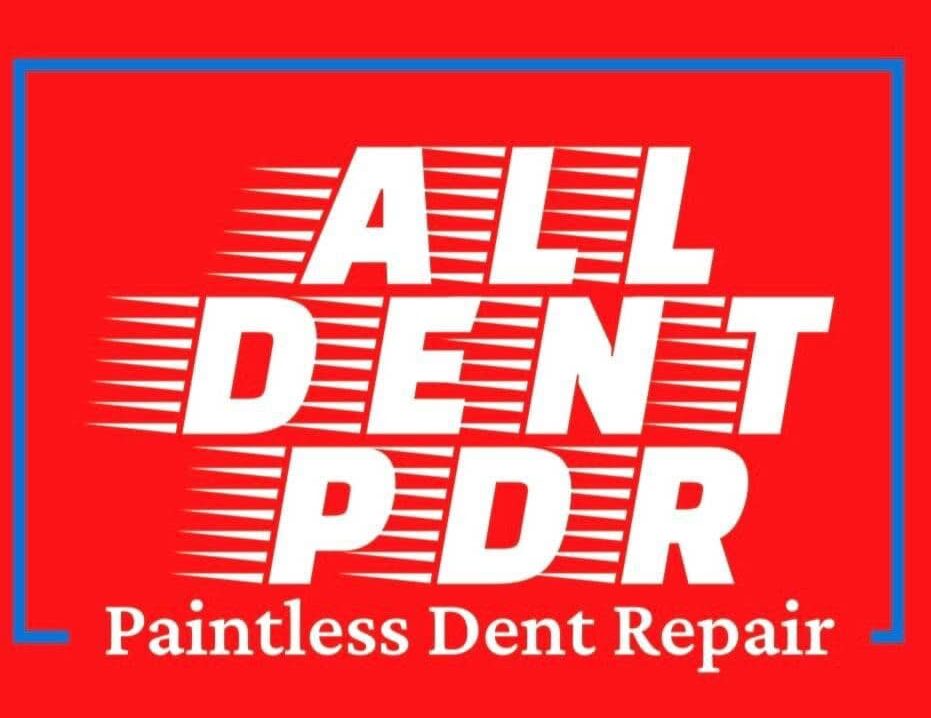How it works: Technicians use specialized tools—long metal rods, picks, and glue tabs—to push or pull the dent out. For access, they might go through panel gaps, remove interior trim, or work from the outside with glue and a puller. It’s a skill game; they read the dent’s shape (sharp, shallow, creased) and apply pressure in stages, often under LED lights to spot distortions. The paint’s flexibility—modern finishes stretch a bit—lets this happen without cracking, assuming it’s not already chipped.
Pros: It’s fast—Paintless dent repair is generally a much faster process than the traditional body work and paint process. In most cases, It’s more cost effective, too! It preserves your car’s value since the original metal and paint matters for resale. No color matching issues or wavy body work to worry about! PDR is also a more eco-friendly repair method!
Downsides: It’s not DIY-friendly—tools and finesse take years to master. Big collisions or aluminum panels (harder to work) might stump it too.

